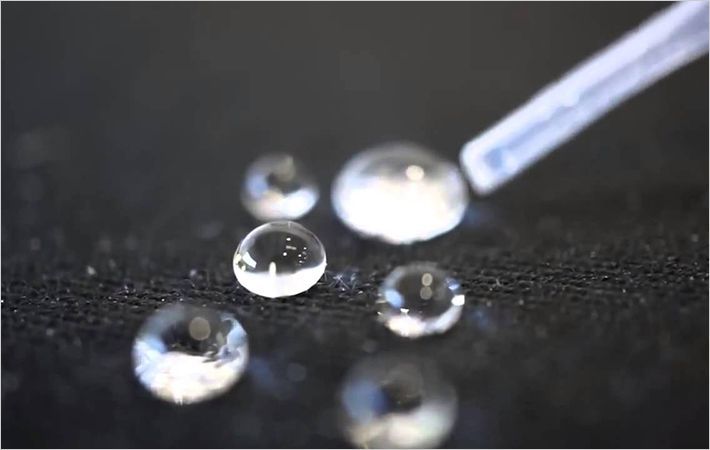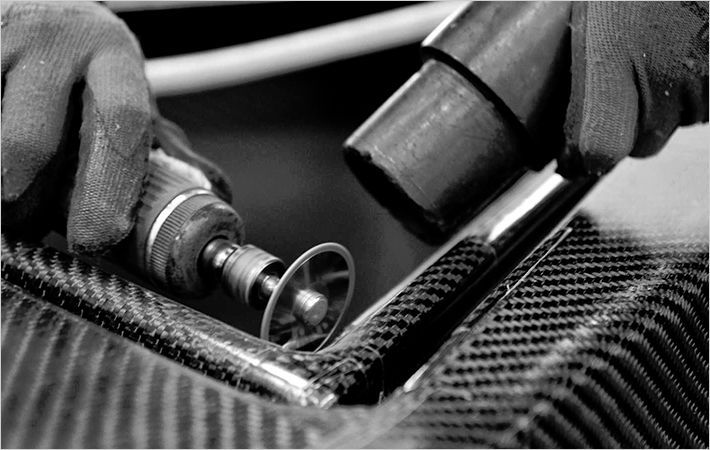To establish Germany, as the world's leading provider of carbon fibre reinforced concrete, Karl Mayer's subsidiary, Karl Mayer Technische Textilien has joined a government sponsored R&D project.
The German Federal Ministry of Education and Research is funding the Carbon Concrete Composite (C3) Project to the tune of roughly €45 million.To establish Germany, as the world's leading provider of carbon fibre reinforced concrete, Karl Mayer's subsidiary, Karl Mayer Technische Textilien#
According to a Karl Mayer press release, the 134 partners in the project will also contribute up to €23 million of their own funds.
The largest building research project currently running in Germany aims to develop a new composite material made from a carbon fibre reinforcing material and high-performance concrete.
The project is being led by the Dresden University of Technology and brings together partners from various research establishments, companies and federations.
Karl Mayer's contribution to the project is to focus on the production of biaxial textile structures for reinforcing concrete components.
“These biaxial textiles have a grid-like construction and the load-bearing, carbon fibre material is arranged at an angle of 0º as warp yarns and at an angle of 90º as weft yarns,” the company said.
“The structure is fixed by means of knitted stitches, while the weft can be inserted in line with the stitches or not in line with the stitches,” it explained.
Textiles made from carbon fibre rovings are particularly suitable for reinforcing concrete, since carbon fibres weighing approximately 1.8 g/cm3 are four times lighter.
Additionally, they have a load-bearing capacity of 3,000 N/mm2 and are six times more efficient than conventional steel-reinforced concrete.
This lightweight yet extremely strong material can be shaped into virtually any shape and does not corrode.
This means that the reinforcement does not have to be treated to make it corrosion-resistant, which is usually done by applying a covering layer.
This enables the thickness of the structural components to be reduced considerably, and consequently reduces the amount of concrete needed.
Reducing the consumption of materials also reduces the environmental load and thus, use of carbon fibre reinforced concrete, has a huge impact on the consumption of resources and energy and on the CO2 footprint. (AR)
Fibre2fashion News Desk - India

